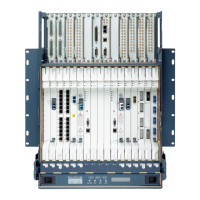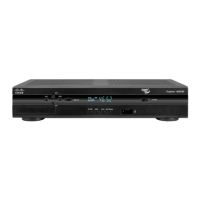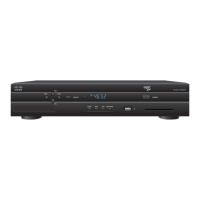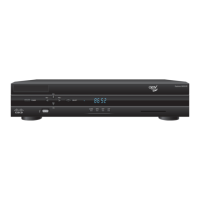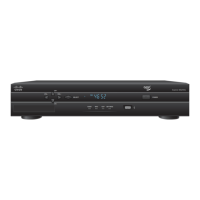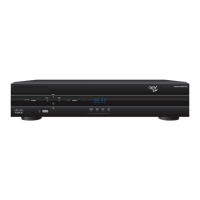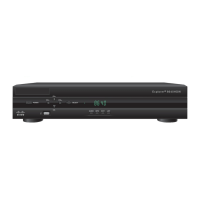Chapter 3 Optimize Your System Performance for Downloads and Staging
Running the listOSM Utility and Removing Unneeded Files
The listOSM utility determines which DHCT models are currently using the OSM
download method and reports the unused files in the OS list.
Running the listOSM Utility and Removing Unneeded Files
1 Are you using the OSM download method for any DHCTs in your network?
If yes or if you are unsure, go to step 2.
If no, go to Running the listCVT Utility and Removing Unneeded Files (on
page 31).
2 Open an xterm window on the DNCS.
3 Type listOSM -v and press Enter. This command provides you the version of
listOSM utility that is currently on your network.
4 Compare the version number of the listOSM utility on your DNCS with the
version number listed in the ROM to Model Matrix in the Downloading New
Client Application Platform Installation Instructions (part number 4003052).
If the version number is equal to or greater than the one listed in the matrix,
go to step 5.
If the version number is less than the one listed in the matrix, contact Cisco
Services to receive the latest utility.
5 Type one of the following, based on the system release you have installed:
For SR 4.2.1 and earlier, type cd /export/home/dncs/doctor and press Enter.
For SR 4.3 and later, type cd /dvs/dncs/Utilities/doctor and press Enter.
Note: Be sure to type a space between cd and /.
Result: The current directory is now the doctor directory.
6 Type listOSM > preosm and press Enter.
7 Type more preosm and press Enter. This command lets you view the file and
verify the current download configuration for each DHCT type active in the
network.
8 Does the report indicate that there are unused files?
If yes, go to step 9.
If no, go to Running the listCVT Utility and Removing Unneeded Files (on
page 31).
9 On the DNCS Administrative Console, select the DNCS tab and then select one
of the following tabs based on the system release you have installed:
For SR 2.5/3.5/4.0 and earlier, select the Element Provisioning tab.
For SR 2.7/3.7/4.2 and later, select the Home Element Provisioning tab.
10 Click OS. The DHCT OS List window opens.
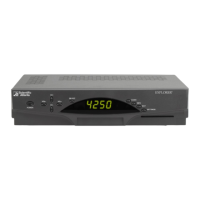
